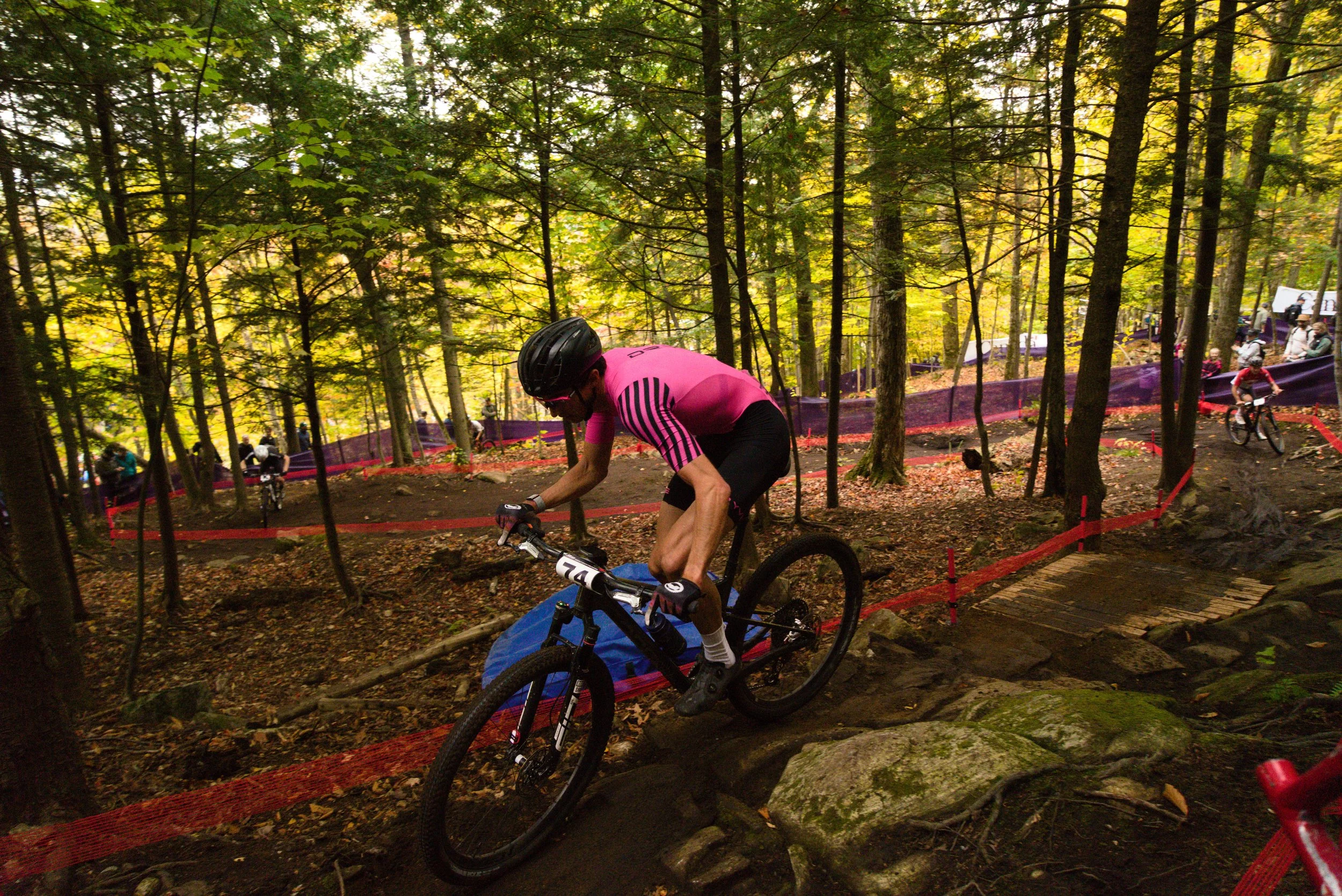Reflecting on My Final Races of 2024: Lake Placid and Mont Sainte Anne World Cup
Wrapping up the 2024 season, I had the privilege of competing in the Lake Placid and Mont Sainte Anne World Cup races—two opportunities to put everything I’ve learned this season to the test. Both races attracted a highly competitive field, and I was excited to get out there and challenge myself among the best.
The Lake Placid Course: "Easy to Ride, Hard to Race"
The Lake Placid course was a unique blend of man-made obstacles and Nordic ski trails, designed to reward speed and technical finesse, but on the surface 'less technical.' From my first ride, I knew this course would require a different kind of focus. While it didn’t feel overly technical at a glance, it truly came alive at high speeds—"easy to ride, hard to race." With more passing opportunities and fewer pinch points, the layout encouraged pack racing and made it tricky to manage pacing.
Hanging on fast wheels early on, I found myself a bit overpaced, and ended up posting some big positive splits. Drafting was a key factor in the front packs, but the true deciding factors were finesse and smooth power delivery across various technical sections. The awkward log climbs and rock gardens rewarded the ability to keep pushing right up to the obstacle, and get back on the pedals immediately after. Additionally, the high-speed berms became a challenge at race speed, and I found myself fighting the urge to brake.
Conditions in Lake Placid added to the challenge. Pre-ride days were wet and muddy, but the course dried out dramatically by race day, necessitating a quick adjustment. What felt slower and slippery in practice morphed into a fast, demanding ride on race day, amplifying the contrast between riding and racing here.
Mont Sainte Anne: A Test of Skill and Precision
The following weekend, I faced Mont Sainte Anne—a course with a completely different vibe. Known for its technical, singletrack-heavy layout, Mont Sainte Anne was a much more challenging course for both riding and racing. Having tackled this terrain last year, I went in feeling more comfortable and ready to focus on line selection and bike setup. Slick roots, muddy paths, and rocky sections required me to run low tire pressures (16.5 and 17.5 psi) for traction, while also adjusting my technique to avoid punctures by using more “body suspension” than pure force.
The race dynamic at Mont Sainte Anne likewise felt worlds apart from Lake Placid. Unlike the pack-style racing from the week prior, the front of the race separated within minutes, creating more of an individual time-trial experience. Without the pressure of pack racing, I was able to pace myself better, settling into a consistent rhythm. Posting even lap times and feeling confident in my lines made for a satisfying race day.
Reflecting on these two weekends, I realized how crucial course familiarity and pre-ride conditions can be in dialing in not only my strategy but my comfort on race day. Both races provided invaluable experience, and I’m already looking forward to applying these lessons as I plan for the upcoming season.


